The juniper genus includes 50 to 70 different species of the cypress family. These are evergreen coniferous trees or shrubs that are very popular for bonsai. Junipers can have two types of foliage: needle and scaly.
General information about juniper bonsai

Juniper bonsai trees found at major stores such as Walmart and Home Depot are often Japanese garden junipers, also known as green mound junipers (Juniperus procumbens nana). Other popular species include Chinese juniper (Juniperus Chinensis), Japanese Simpaku (Juniperus sargentii), Japanese needle juniper (Juniperus harda), two Central European species: savin (Juniperus sabina) and common juniper (Juniperus communis).
Rocky Mountain Juniper (Juniperus scopulorum) and Sierra Juniper (Juniperus occidentalis). They all have very similar care instructions. If you need help identifying your tree, check out our guide to identifying bonsai trees.
New growth of scaly juniper, or young foliage, appears needle-like until the typical scaly foliage appears when they mature.
Juvenile growth can also be the result of heavy pruning, bending, or over-watering, and can last up to several years until normal scaly foliage has grown, and the young needle-like foliage has fallen off or cannot be removed. Foliage color can range from steely blue-green to light green, sometimes with silver or gold hues.
Berry-shaped cones are round or oval and filled with round or bordered seeds. Depending on the species, they can measure from 1/8″ to 1″ (0.3-2 cm), and usually mature in a year or two. The cones are often eaten by birds, which spread the germinating seeds through bird droppings.
Junipers are also great for gin and share, or deadwood. Living veins grow under broken or dying branches, which dry out and die, turning into deadwood. The dead wood is then naturally cleaned, polished and bleached in climates that make it very durable.
The triad of green foliage, reddish-brown or yellowish-brown bark, and silvery-white deadwood is very attractive. For photos of several showy junipers, check out the best bonsai.
Juniper bonsai care tips
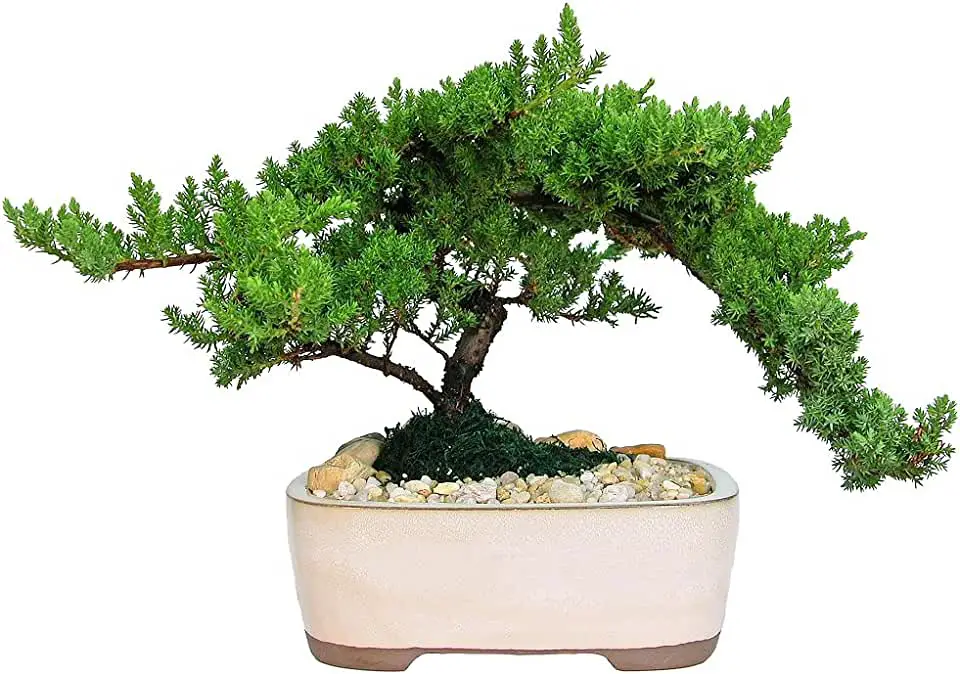
Bonsai are generally easy to care for. They make ideal beginner bonsai trees for inexperienced gardeners because they are hardy, easy to shape, and well-suited to bonsai growing methods.
Like most species chosen for bonsai, juniper trees lend themselves well to wiring, although this should be done slowly and carefully. The wire is the practice of wrapping wire around the branches of a bonsai tree to bend and reposition the branches to achieve the desired shape.
The best time to tie a bonsai is during the winter months, when the tree is dormant. As soon as the branches take on a new shape, carefully remove the wire with wire cutters so as not to damage the tree.
There are two main categories of juniper trees – scaly foliage trees and needle foliage trees. Determining what type of juniper bonsai you have will help determine how to properly care for it. Scale-leaved juniper trees include Chinese juniper and California juniper, while needle-leaved juniper trees include Japanese needle juniper, green juniper, and common juniper.
Watering
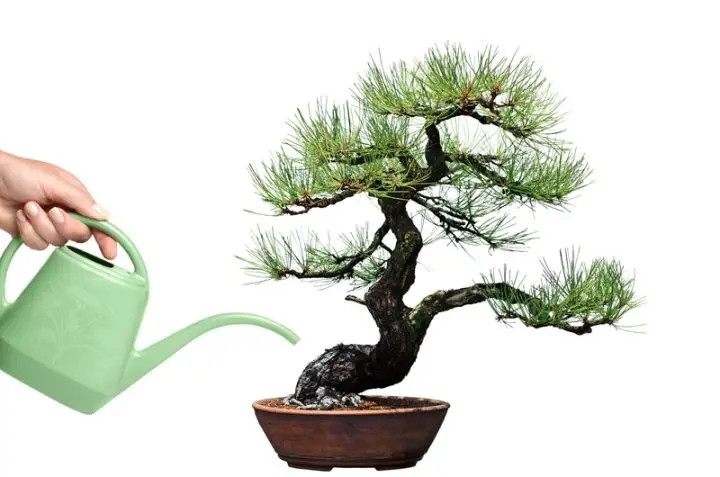
Unlike many types of bonsai trees, the juniper bonsai tree is not afraid of drying out between watering. However, it is still important for owners to inspect the soil every day to figure out when to water their juniper bonsai.
To determine if a juniper bonsai tree needs more water, people should use the so-called “chopstick method”. Take a regular wooden stick and stick it into the ground for about an inch or two. Let it stand there for about ten minutes.
Take out the chopstick and inspect it. If it is wet, it means that the soil is still wet and the juniper bonsai does not need additional water. If it’s dry, then it’s time to water the bonsai tree.
When watering your juniper bonsai, make sure the water can drain. If the water is not drained, it can cause the roots of the bonsai tree to rot.
It’s also good to have a spray bottle handy to spray the foliage lightly. Not only does this help them breathe, but especially in the case of indoor juniper bonsai trees, it helps the foliage breathe better.
The spraying method is also important for newly transplanted juniper bonsai trees. The roots take a little time to settle and deliver water to the tree. By spraying the foliage, the owners prevent dehydration of the bonsai tree.
Accommodation
Keep the tree outside all year round, in a bright spot with plenty of sunlight. Junipers cannot live indoors. In winter, protect the tree when temperatures drop below 15 °F (-10 °C). Some species change their foliage color to purplish brown during frost periods as part of their internal frost defense mechanism. Don’t worry, they will turn green again in spring.
Sunbeam
While it is possible to keep a juniper bonsai tree indoors, it can adapt to outdoor life and is where most people choose to keep their tree.
While a bonsai juniper tree can withstand full, direct sunlight, it is best to place it in a location where it can receive midday shade. If you keep a juniper bonsai tree in the house, make sure it is in a bright and ventilated area where it can get the amount of sunlight it needs.
Temperature and humidity
Juniper bonsai should be grown outdoors all year round and cannot be grown indoors. They are hardy trees that can withstand temperatures up to 10 degrees Fahrenheit without protection. When extreme winter temperatures dip below this temperature, provide your juniper bonsai with moderate wind and frost protection to help it overwinter outdoors.
Top dressing
Use regular organic fertilizer granules every month during the growing season, or liquid fertilizer every week. If you want to see strong growth, you can apply higher doses of nitrogen in the spring.
Bonsai soil
For best results, use a commercially available juniper bonsai soil mix. Bonsai potting mixes drain well, allowing air and water to reach the roots, and are usually a combination of akadama (clay granulate from Japan), organic compost, pumice, and fine gravel or sand.
They can be found at most garden centers or plant stores, as well as online from specialty bonsai vendors.
Determine your juniper species
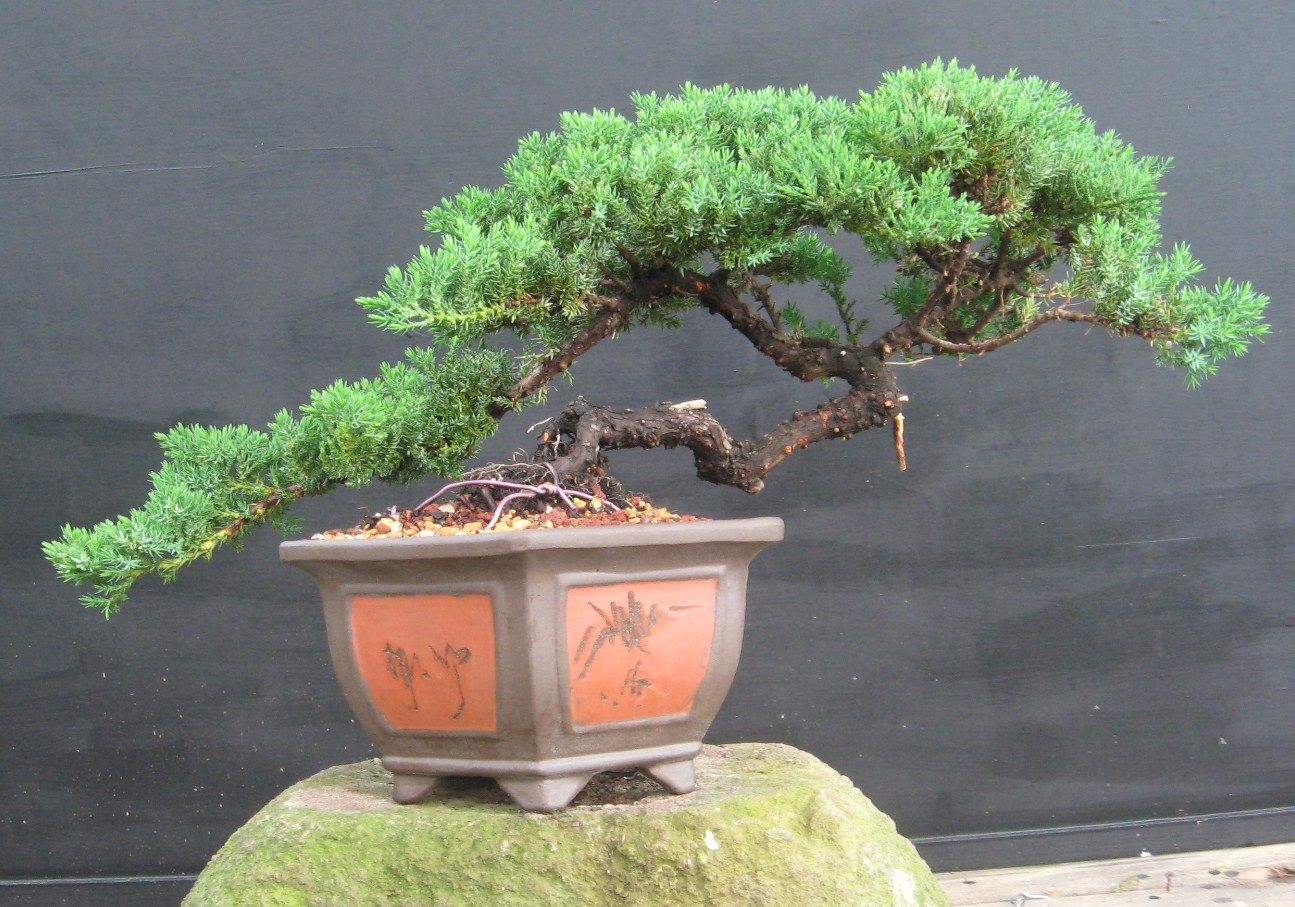
There are two groups of juniper species, one with scaly foliage and the other with needle foliage.
The two most popular tree species of juniper for scaly foliage bonsai are Chinese juniper and Japanese shimpaku. The Japanese shimpaku is actually a type of Chinese juniper that was originally found in the mountains of Japan. Both have scaly foliage that ranges in color from yellowish green to bluish-green or silvery green.
Another very popular juniper for bonsai is Itoigawa Shimpaku because of its delicate emerald green foliage. There are many varieties of Chinese juniper, many of which are difficult to distinguish with certainty, but the care recommendations for these varieties are very similar.
Read this article to find out what a juniper looks like. Savin is a juniper from Southern Europe, North Africa, and parts of Asia with scaly foliage that can be finer or coarser and have different shades of green depending on its origin.
All parts of Savin are poisonous. The California Juniper is native to California and has bluish-gray, scaly foliage. In nature, it grows as a small tree or shrub. The Rocky Mountain Juniper grows in western North America and can become a tall tree.
Its leaves are scaly, and rough, and can be dark green or bluish-green. The Sierra juniper is a shrub or tree native to the western United States. It grows in mountainous areas between 2,500 and 10,000 feet (800–3,000 meters). Its foliage is scaly in shape with a grayish or dark green coloration and tends to grow quite densely.
There are also popular juniper species with needle foliage. The Japanese needle juniper has sharp, dark green, burning needles with a narrow white stripe along the entire length. The Green Mound Juniper bonsai plant is also native to Japan with needle-like foliage, but the needles are shorter, more compact, and have a bluish-green coloration similar to scaly foliage.
This plant grows as a ground cover shrub if left untreated. The common juniper grows in Europe, North America, Asia, and North Africa. Its needles are sharp, but smaller and more delicate than those of the Japanese needle juniper. In nature, it grows as a columnar or oppressed shrub.
Juniper bonsai trees and their benefits
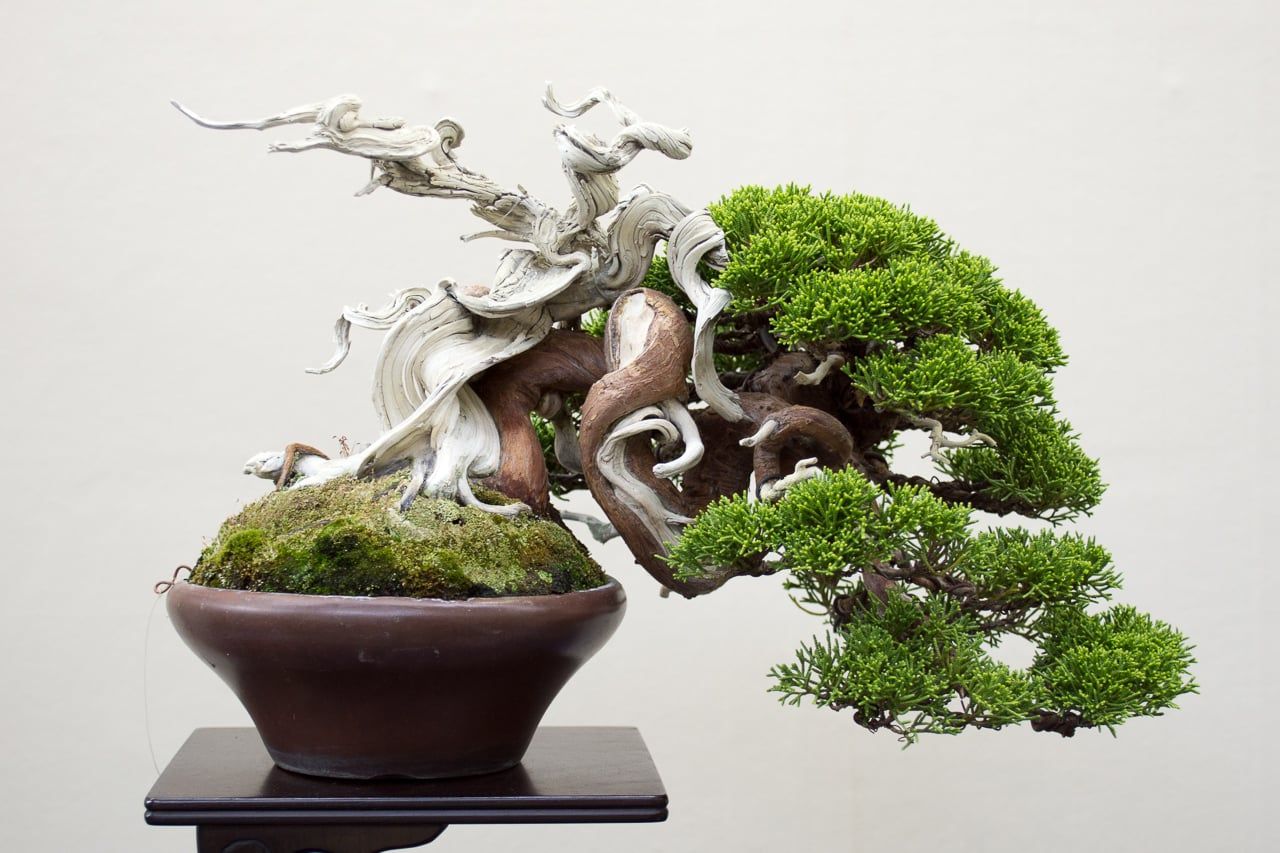
Juniper bonsai trees are often considered the easiest of all bonsai trees to grow due to their resistance to sunlight and versatility. The main reason why they are so easy to grow is that, unlike other bonsai trees that are classified as indoor or outdoor plants, the juniper bonsai tree can be grown both outdoors and indoors, depending on whatever the owner prefers.
However, juniper bonsai trees have been noted to be preferred to be grown outdoors rather than indoors. Some people put them in containers, which is fine, but this can limit the growth potential of the juniper bonsai tree. They are not very picky about outdoor placement and can be placed in normal garden soil.
Another advantage of juniper bonsai is that it can be neglected. Although it may seem rather strange, the truth is that a juniper bonsai tree can die if overfed or watered.
Like most other bonsai trees, the juniper tree is dormant during the winter months and does not need to be fed or watered frequently. Those who keep their juniper bonsai outdoors but live in areas with cold winter climates should bring the juniper bonsai into the house so that it does not die. However, even during the dormant period, do not forget that he still needs sunlight!
Juniper bonsai is a great choice for all bonsai enthusiasts, from beginners to experienced professionals. This is a beautiful-looking tree that can definitely add character to any room in the house, or make a great addition to a zen or oriental-style garden.
How cold is too cold for a juniper bonsai?
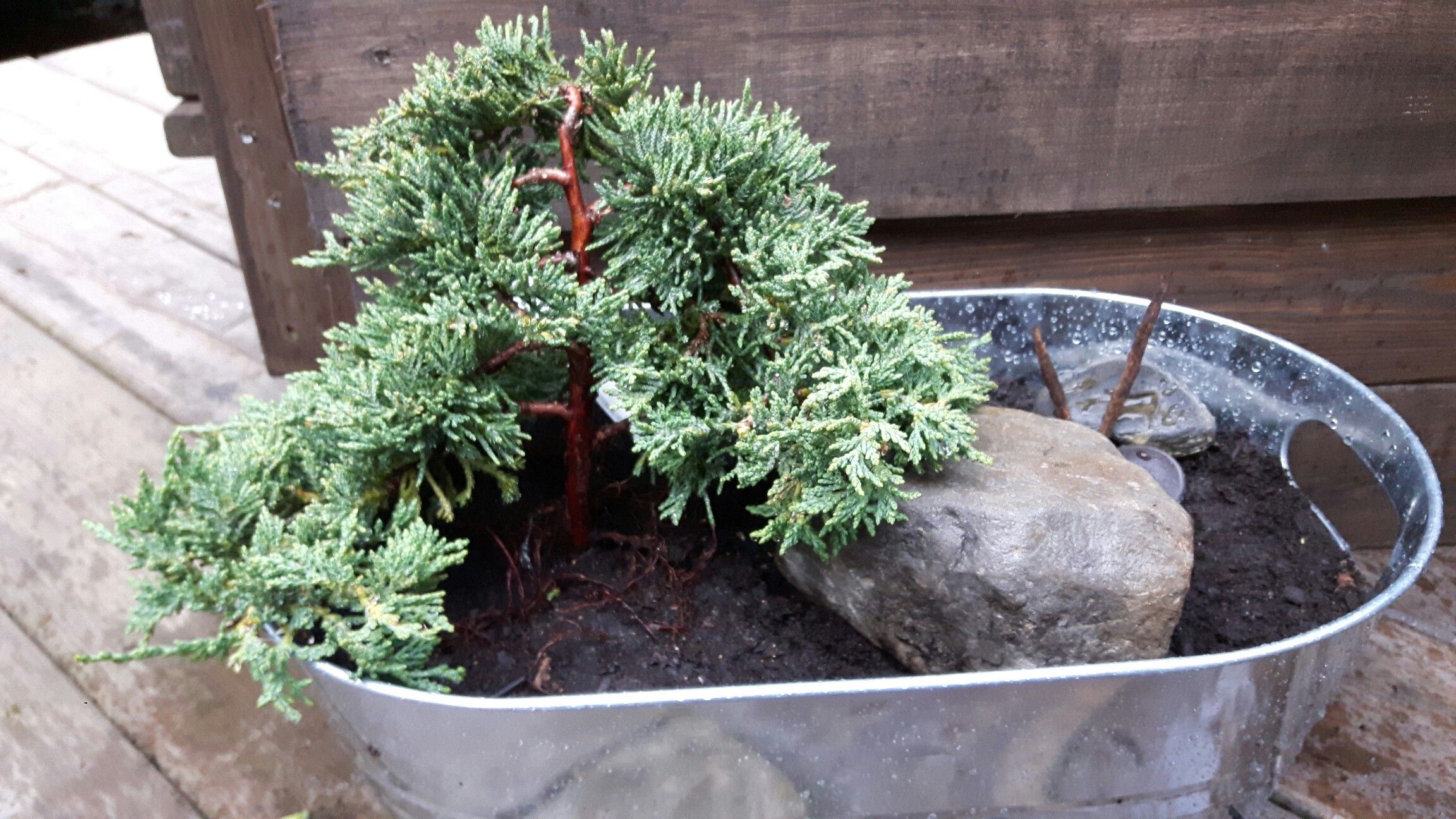
The important role of sunlight. The juniper bonsai is a miniature version of a real tree and is not a houseplant, so your bonsai should be kept in a cool or cold place during the winter season.
You should grow your juniper bonsai where it will receive more than 4 hours of sunlight every day, and use soil that tends to get dry.
You need to place the tree outdoors all year round, where it is under a bright spot with plenty of sunlight. Juniper plants are not suitable for indoor living.
In winter, you need to protect the tree if the temperature drops below -10 degrees C or 14 °F. Some species of juniper change their foliage color to purplish-brown during winter periods, which is due to their frost defense mechanism. And in the spring they turn green again.
It is possible to keep a juniper bonsai tree indoors as it can easily adapt outdoors, and this is where most growers choose to keep their plants.
The juniper bonsai tree can still be in full and direct sunlight, yet it is recommended to place it in a place where it can be exposed to midday shade. If you are going to keep your juniper bonsai indoors, you need to make sure it is located in a place where it can still receive sunlight and have enough air.
Planting and transplanting juniper for growing bonsai
In general, bonsai trees do not need to be repotted very often, including juniper varieties. Young trees can be repotted every two years at most, while older trees can live without repotting for up to five years. For juniper, avoid heavy root pruning at the time of transplanting to prevent shock to the plant.
When choosing a juniper vessel, focus on those made from natural materials such as clay or terracotta, which can help wick moisture away from the soil.
FAQ
What do I do with my juniper bonsai in winter?
In winter, water is not often, you can once a month. They just don’t dry out. Even those undercover are hardly dry.
Can juniper bonsai stay outside in winter?
Juniper bonsai can be grown in two ways; whether outside or indoors, whatever you decide to do. But it is believed that bonsai juniper prefers to be grown outdoors.
Should I bring my juniper bonsai inside for the winter?
They should always be kept outside.
What is the difference between juniper and juniper bonsai?
Nothing! Juniper bonsai is simply juniper shrubs that have been grown, pruned, and trained to resemble bonsai trees.
Conclusion
This tutorial gave you an idea of what a juniper bonsai tree is and everything related to it. Just make sure you really care about the plants around you and let your passion guide you in growing not only juniper bonsai but plants and trees in general.
Even if you don’t have a green thumb, mother nature’s passion and genuine concern are more important than any other motivation to keep your garden alive and look for amazing things all year round.
We hope you enjoyed this tutorial. This will definitely make you the best bonsai gardener. Please comment with your ideas, and share your bonsai growing experience with us below. You can also share this information with your family and friends! Happy growing bonsai!
Read also: Why is my St. Augustine grass turning yellow, what do I need to do?
- Why Are There Still No Tomatoes in My Tomato Plants? Let’s Fix the Issue! - July 13, 2023
- Water Propagation White Stuff on Roots: Everything You Should Know! - July 11, 2023
- String of Dolphins Drying Up: Solved! - July 11, 2023

Pingback: Repotting Monstera In Winter: Best Professional Recommendations